If you want your bones to serve you well throughout your life, and let’s face it, who wouldn’t, then taking good care of your bones and joints now will stand you in great stead for the future.
With Back Care Awareness Week as well as Bone and Joint Week happening in the UK during October, what better time to show some love for your skeletal frame.
Clinical Nutritionist, Suzie Sawyer, tells us how.
The adult skeleton is made up of 206 bones, with four types: long, short, flat, and irregular. Bone is mostly made up of collagen and is a living, growing tissue with cells that are constantly breaking down tissue and rebuilding it as part of normal processes. As bone is living tissue, it means we can affect its health in positive ways by feeding, nourishing, and nurturing it correctly.
Your bones are what you eat
Clearly every vitamin and mineral is essential for our health and wellbeing. However, there are some key bone-loving nutrients.
Calcium

Calcium is the most abundant mineral in the body with about 99% of it in the bone, therefore eating calcium-rich foods will help support your skeleton. Dairy produce is high in calcium: eating plain live yoghurt is a great choice because it helps nurture the gut microbiome at the same time, which is essential for overall wellness.
Vitamin D
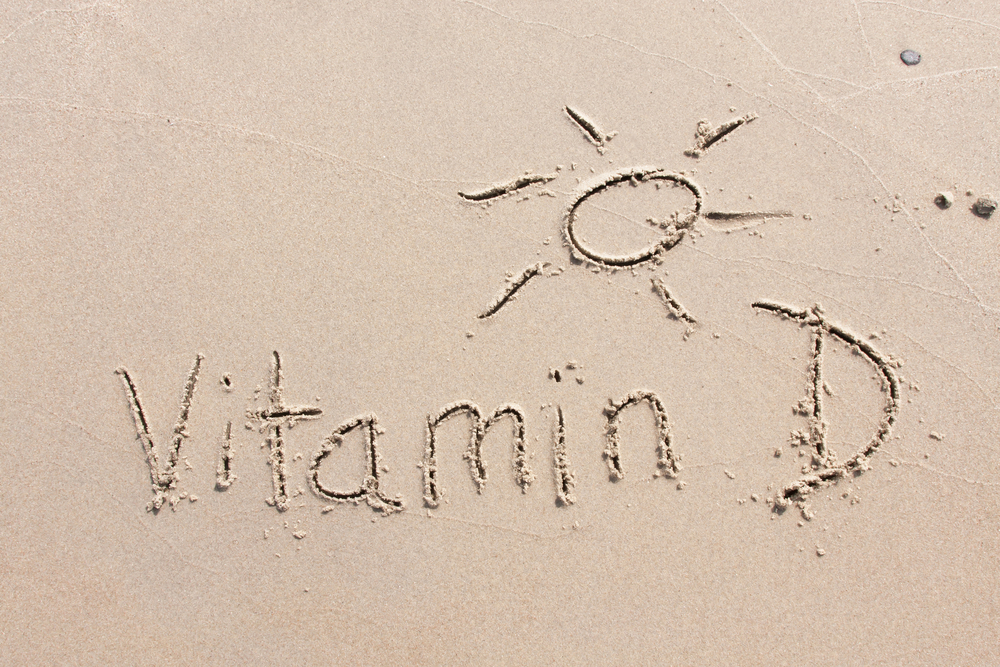
We hear lots about vitamin D now because research has confirmed its highly essential role, not just in bone health but for immunity too. Vitamin D is found in foods such as oily fish with bones, dairy produce, and mushrooms, but not in sufficient amounts. Therefore, a daily supplement should ideally be taken. As we’re now approaching winter, and Vitamin D is mostly made on the skin in the presence of sunlight, it’s time to take a minimum of 10 micrograms of vitamin D3, in supplement from, every day as well as eating as many vitamin D-rich foods as possible from hereon in.
Magnesium

Magnesium is the second most abundant mineral in the body after calcium but is often deficient in the typical western diet. Additionally, medication such as the contraceptive pill and HRT can reduce its absorption in the body. For the best sources of magnesium, you need to go green! Include plenty of green, leafy vegetables and spinach, plus legumes, nuts, seeds, and whole grains.
Phosphorus

Phosphorus is another key bone mineral which is widely available in foods. The key issue with phosphorus is that it can be depleted by consuming too many fizzy drinks. With bone health it’s all about putting the good stuff in and trying not to deplete it in other ways. Phosphorus can be found in meats, seafood, dairy, nuts, seeds and wholegrains.
Protein
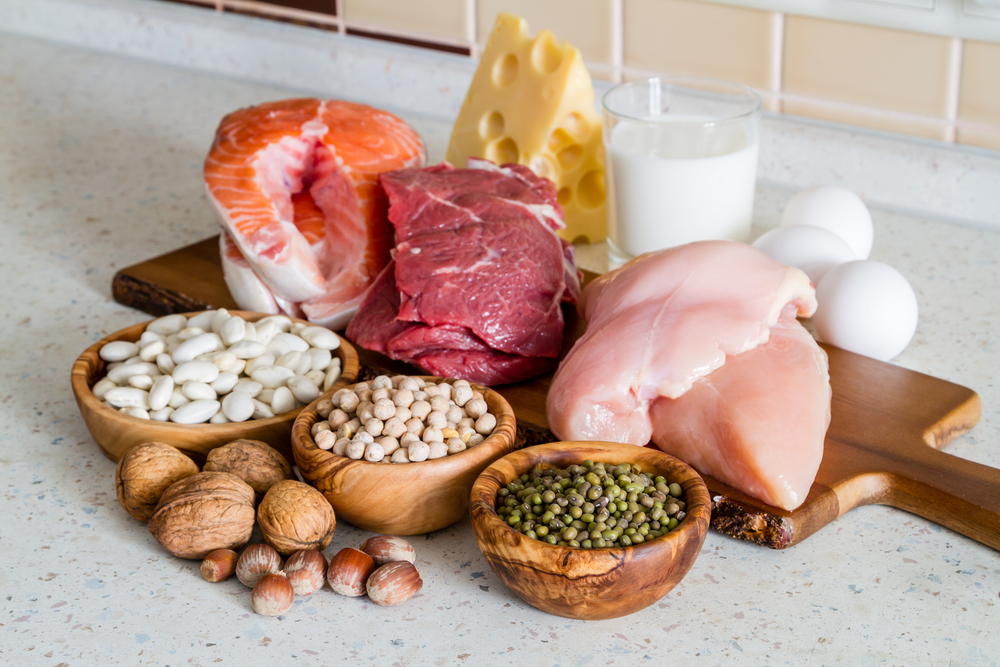
And let’s not forget that bone is predominantly made up of collagen, the most abundant protein in the body. It makes sense, therefore, that we need to include plenty of protein at each meal from a variety of animal and vegetable sources.
Phytonutrients
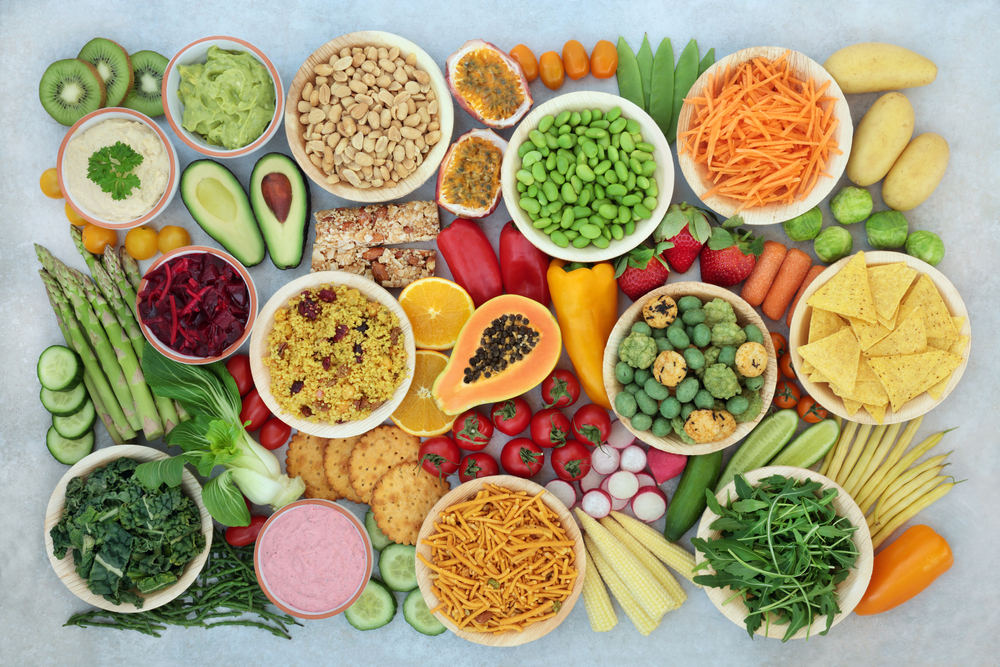
It’s important to eat a generally whole, unprocessed diet if you want your bones and joints to stay strong throughout your life. Fruits, vegetables, nuts, seeds, and legumes are especially rich in phytonutrients, plant compounds that provide so much richness to health.
Reducing inflammation

Herbs play a crucial part in nature’s medicine chest. For example, ginger has amazing anti-inflammatory properties. It inhibits several genes that contribute to inflammation throughout the body and manages biochemical pathways involved in inflammation. It is also a great antioxidant, calling time on free radical damage. Why not include ginger in your cooking as much as possible? It’s great in stir fries but also makes a lovely, refreshing tea using fresh crushed ginger.
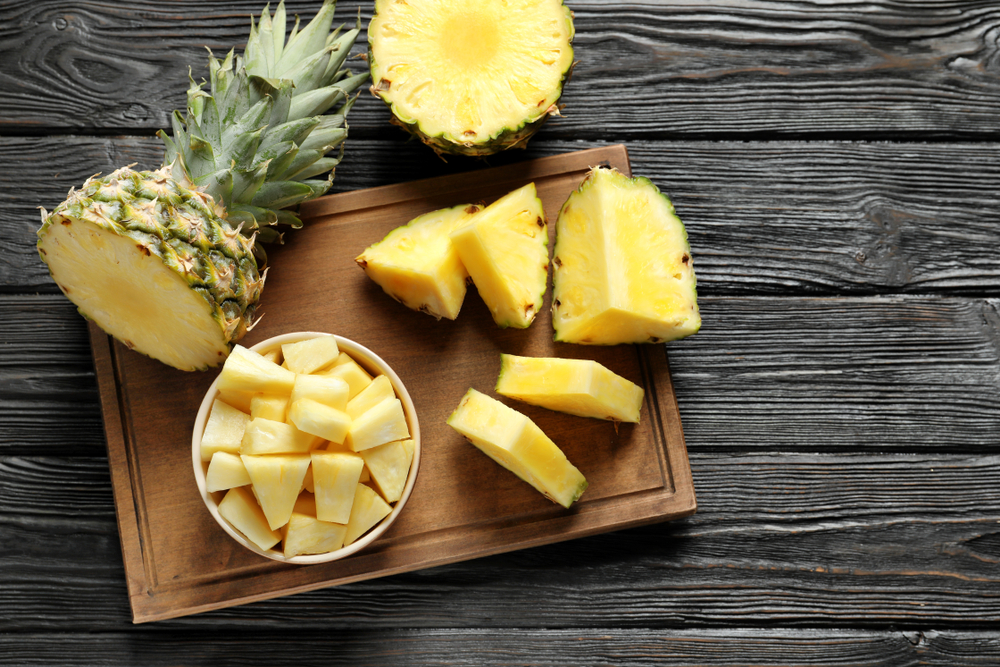
Equally, delicious pineapple contains bromelain which is also a natural anti-inflammatory. Whilst pineapple is naturally fairly high in sugar, it certainly makes a great addition to a morning juice alongside other fruits and veggies.

The herb Devils claw (Harpagophytum procumbens), has been used medicinally for thousands of years to treat back pain and arthritis. It’s especially helpful if you’ve overdone the gardening or over-trained for an event and can easily be found in supplement form.
Use them or lose them!

Never so true a saying as when talking about bones. Exercise is as important as nutrition when it comes to joints and bones, especially for women. Unfortunately, as women we can lose up to 30% of our bones mass after menopause, but this can be minimised by getting the right nutrition and exercise into daily life.
Whilst cardio exercise is important for lung and heart health, some form of weight-bearing or resistance exercise is essential. Include some weights (simple hand weights are fine), body weight or resistance band work into your weekly exercise regime. Change it up so boredom doesn’t set in and find what works for you, ideally a couple of times a week.
We all want our skeletal frame to last a lifetime in good shape – why not start today by showing it some love?

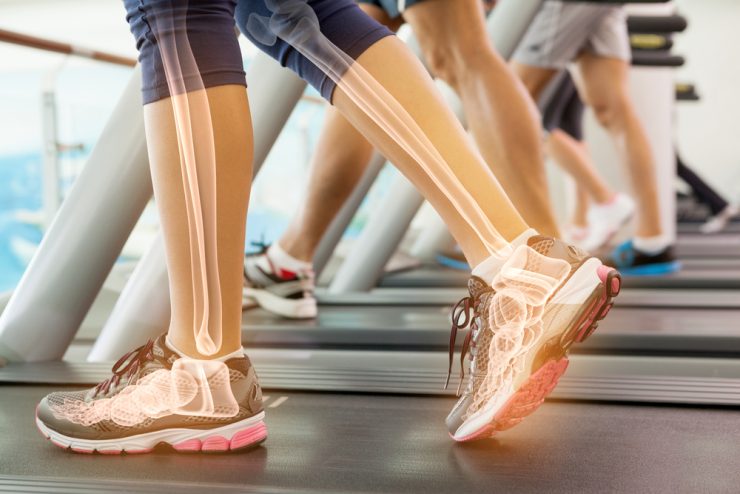





















Add comment